Former Koshoku City Office (3)
After writing the previous article, I checked some documents, so this article is a supplement to the previous ones.
The pattern on the wall of the main building.
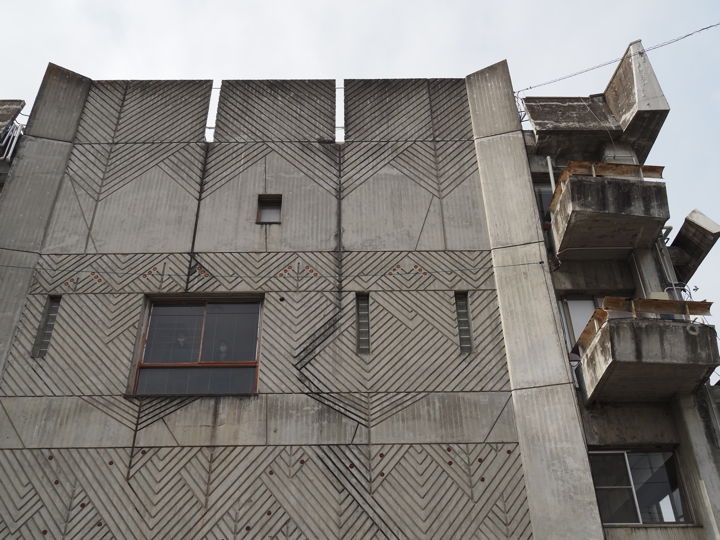
In the previous article, I wrote that this pattern represents an ear of wheat. I found a description in “Twenty years of municipal organization, Koshoku City" that the pattern was expressed “forest, rice, and ears of wheat".
(1) Progress up to the construction of the city office
The citizens of Koshoku were highly interested in the construction of the city hall from the very beginning of the city’s incorporation, and they expected an amicable solution to the problem.
In October 1963, the city council adopted a construction and held civil meetings at nine locations in the city. The following year, 1964, after four council meetings, the city council decided on the location of the new building at its February meeting.
After that, land acquisition, selection of designers, and bidding for construction companies were conducted, and construction began in December of the same year.
The city publicized the project through municipal newsletters.
“The basic design was completed" (November 1964), “Groundbreaking Ceremony" (December 1964), “Construction Begins" and building drawings (January 1965), “Foundation Work Underway" (April 1965), and “Steady progress of construction" (June 1965).
Thereafter, the city periodically published progress reports with photographs in the municipal newsletter.
The government building was completed and handed over to the city on January 18, 1966.
The city opened the building to the public for tours on January 20 and 21, and then moved in on January 22 and 23 to begin operations in the new building.
On the north side of the main building, construction work continued on the welfare facilities, garage building, and bicycle parking area.
(2) The welfare facility (annex)
This is the building. In the August/September 1968 issue of “Kenchiku" a magazine published by Chugai Publishing, it was listed under the name “Koshoku City Welfare Facility" but was later called the City Office Annex.
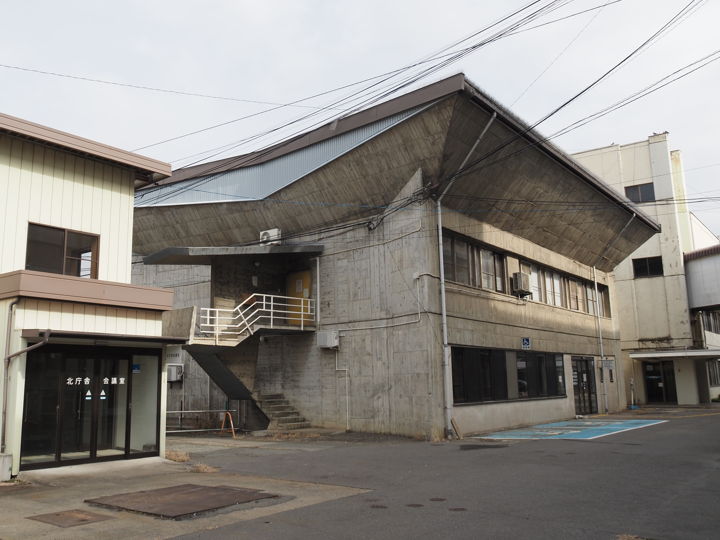
It was designed by “Takizawa & Yoshida Architectural Office (U Laboratory annex), Kenji Takizawa, Kohei Yokobayashi (U Laboratory). The construction period was from February to June 1966.
The original drawing on the magazine has thin lines that were difficult to see, so I rewrote it with adjusting the thickness of the lines.

This shows that some parts of the building differ from the present building. The entrance part has been changed because a new building was constructed later and connected to the present building. And the shape of the roof is also different.
The current roof looks like this. I assume that the roof was later repaired by a covering method.
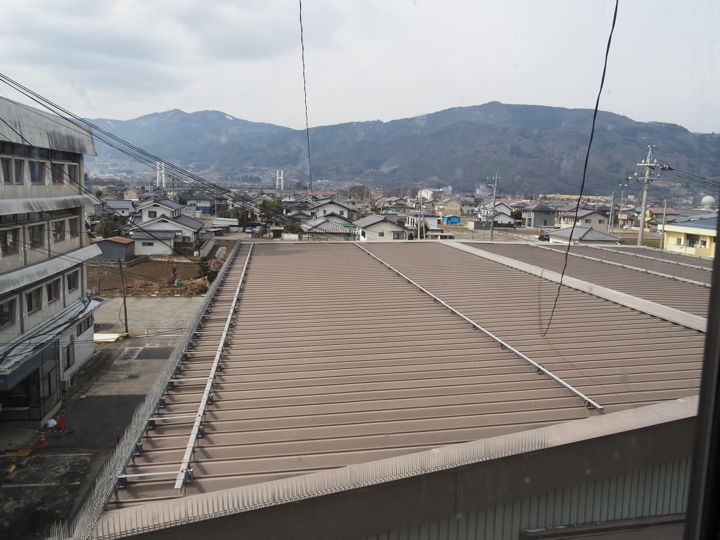
In the 1976 aerial photo, the roof shape looks as the blueprint.
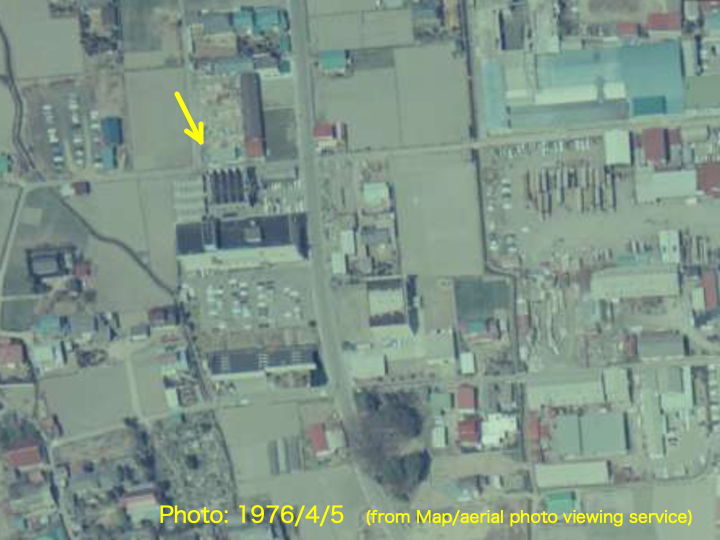
On the wall of the east entrance area, a sculpture by Masakatsu Sakaue was installed, as in the main building, but it was later connected to the new building and the sculpture is not visible today.
(3) Matsushiro Swarm Earthquakes
As mentioned above, although the annex was still under construction, the main government building was completed and put into use in January 1966. However, the inauguration ceremony was not held until November.
In August 1965, the Matsushiro earthquake began, with the epicenter in Matsushiro Town.
In October 1965, the Hanishina District Earthquake Countermeasures Liaison Conference was established. Then on October 28, 1965, 95 earthquakes people can feel occurred in one day.
In October, the largest was intensity 3, but in November, intensity 4 was recorded, and on January 23, 1966, intensity 5 was recorded.
Koshoku City also set up an earthquake task force on November 1st 1965.
The initial epicenter of the earthquake was within a radius of 5 km centering on Mt. Minakami. However, in 1966, the epicenter area expanded and the situation became as shown in the figure.
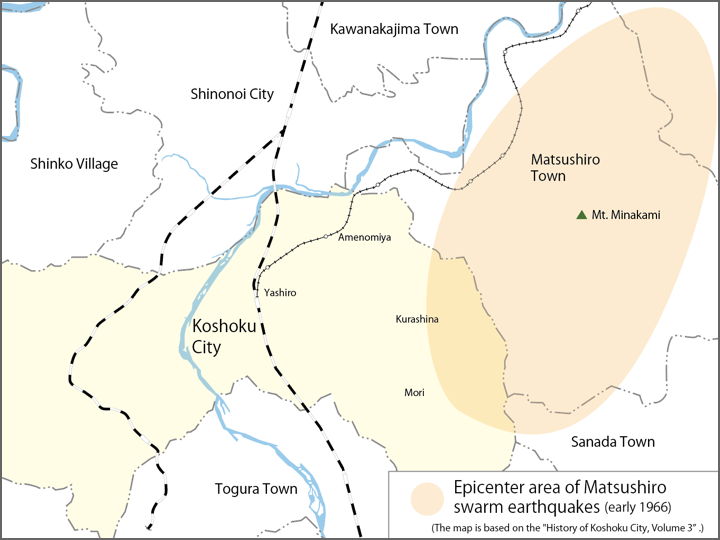
On August 28, 1966, the epicenter of the earthquake was located in the vicinity of Mori, Koshoku City, and Koshoku City recorded an intensity of 5 for the first time.
The graph shows the number of occurrences from late 1965 to 1966. In April 1966, the number of earthquakes exceeded 100,000.
The graph also explains why the ceremony could not be held until November.
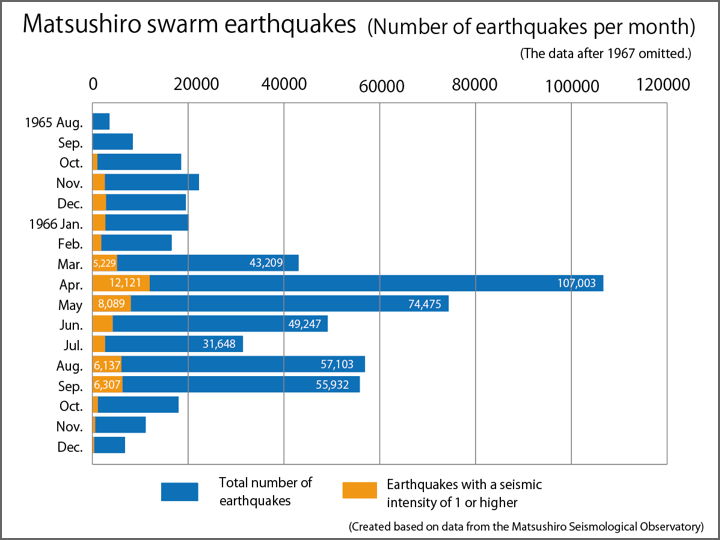
(4) The new building
In 1977, it was decided to construct a health center and construction began on July 23. Takizawa Architects was commissioned to design the building.
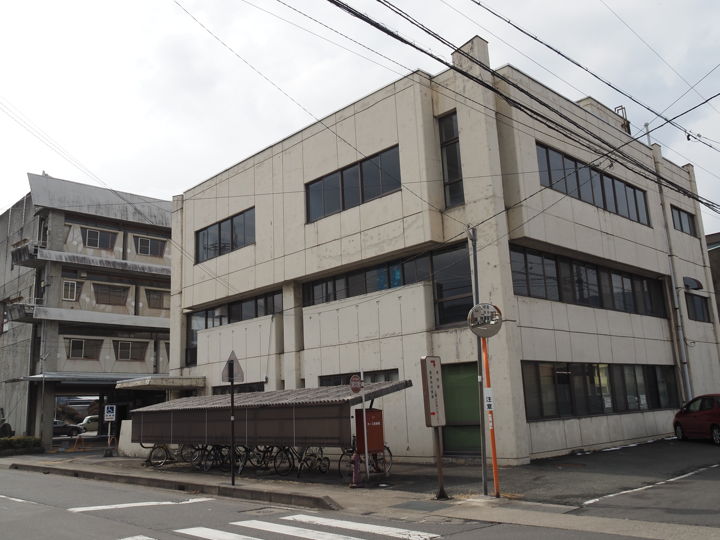
The August 1 issue of the municipal newsletter Koshoku stated, “The health center is a facility that actively provides health consultation and health guidance to citizens. It is a three-story reinforced concrete building with a total area of 953 square meters…" (…description of the contractor and costs…) “The construction period is until December 21, 1977".
It was built on the east side of the annex and connected to the annex as shown in the photo (this photo was used in the previous article).
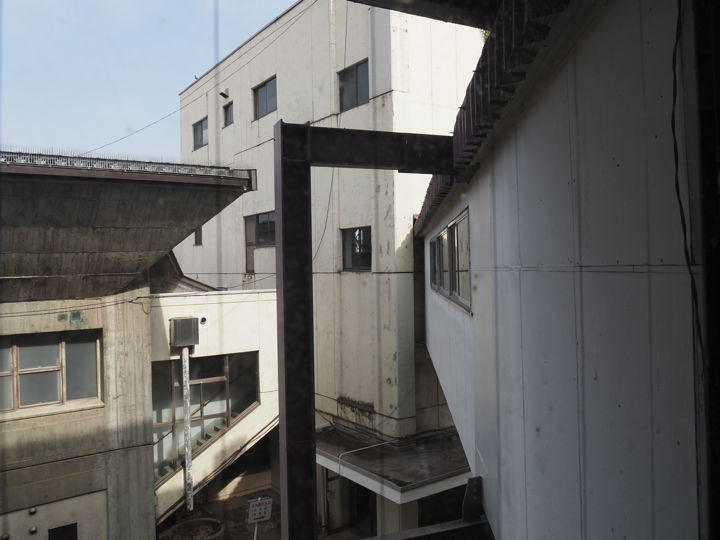
It was also connected to the main building by a connecting corridor.
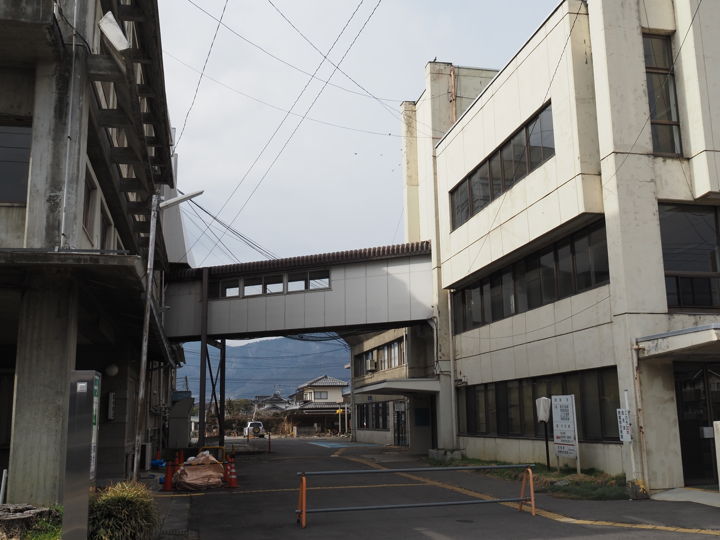
The name “City Office New Annex" was announced in the January 1, 1978 issue of the municipal newsletter.
The first floor was used for the Citizen’s Division and National Health Insurance operations, the second floor for the Public Health Nurses’ Center, and the third floor for the auditorium, which began operations on January 17, 1978.
The last photo shows the current state of the first floor of the new annex. The equipment has been removed, but the tags for “Citizen Section" and “Pension Section" were still hanging.
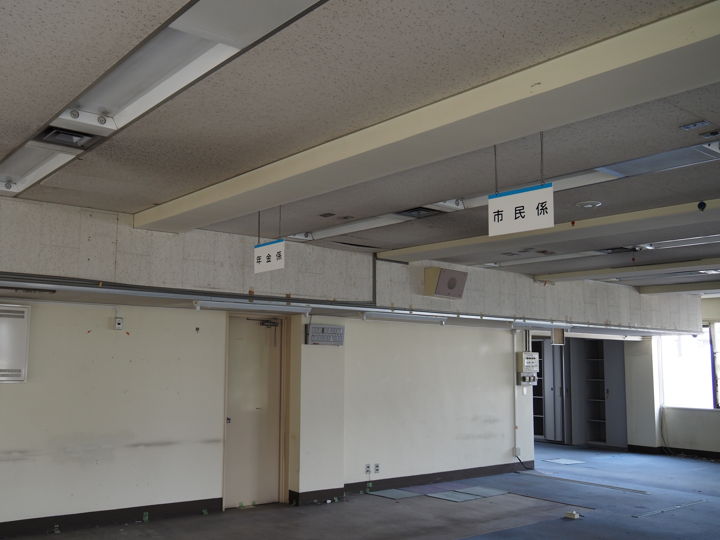
In 1989, a health center was built on the south side of the main building and connected to the main building, but I will not go into that part of the story. Here is the end of the article.
[Reference] (all were written in Japanese)
“Twenty years of municipal organization, Koshoku City" (Koshoku City / 1979)
“History of Koshoku City, Volume 3, Modern and Contemporary" (Koshoku City History Compilation Committee, Koshoku City / 1991)
“The Municipal Newsletter Koshoku" (1964-1966、1977-1978)
“Kenchiku" (August/September 1968 / Chugai Publishing)
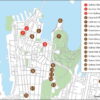
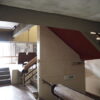
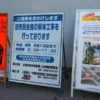
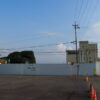
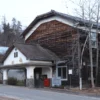
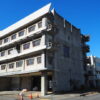
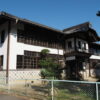
Discussion
New Comments
No comments yet. Be the first one!